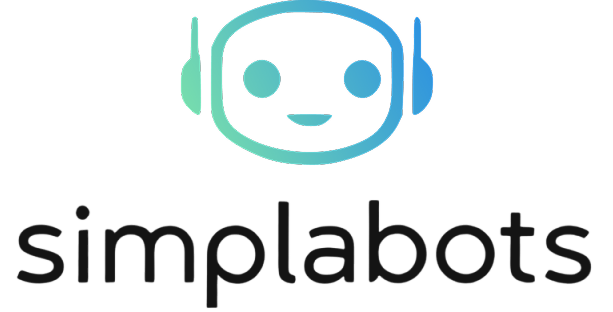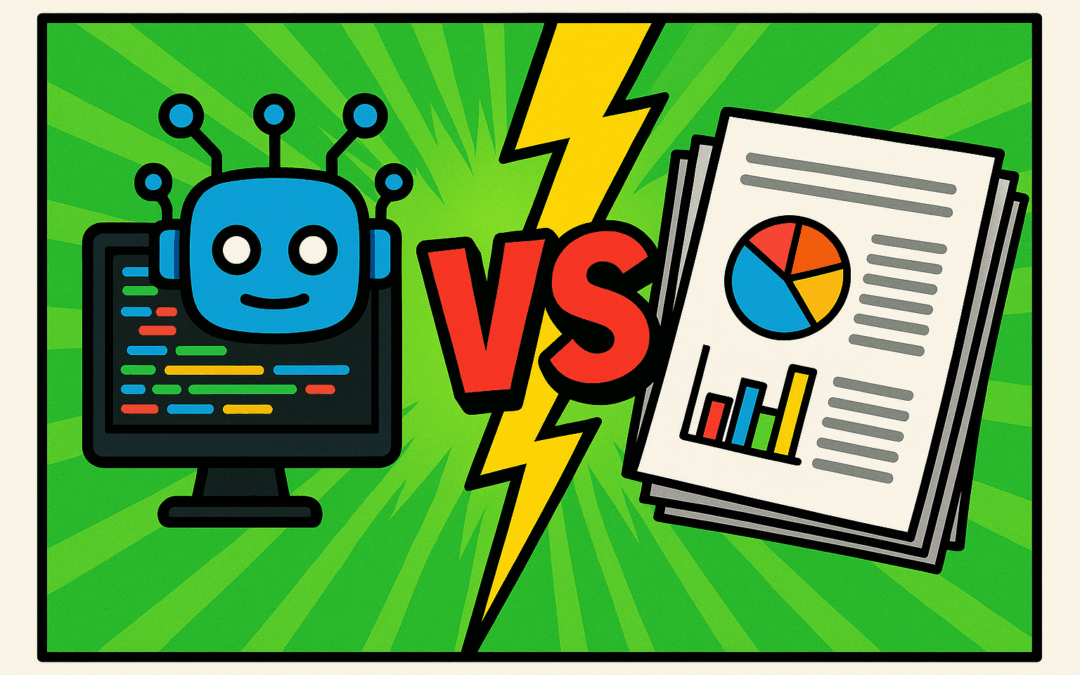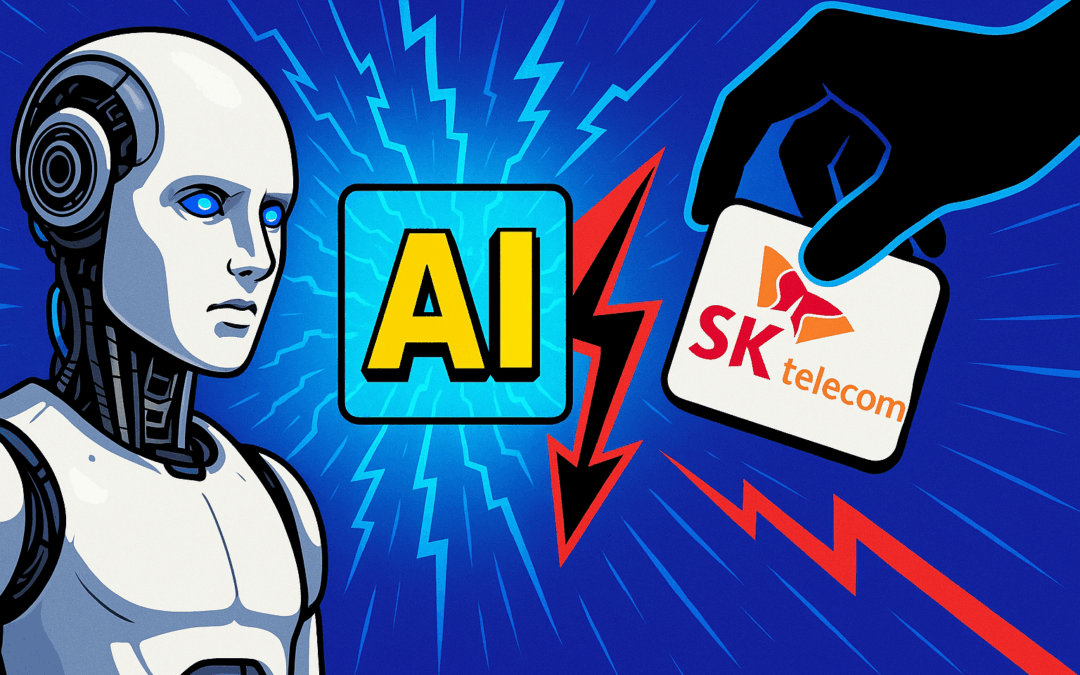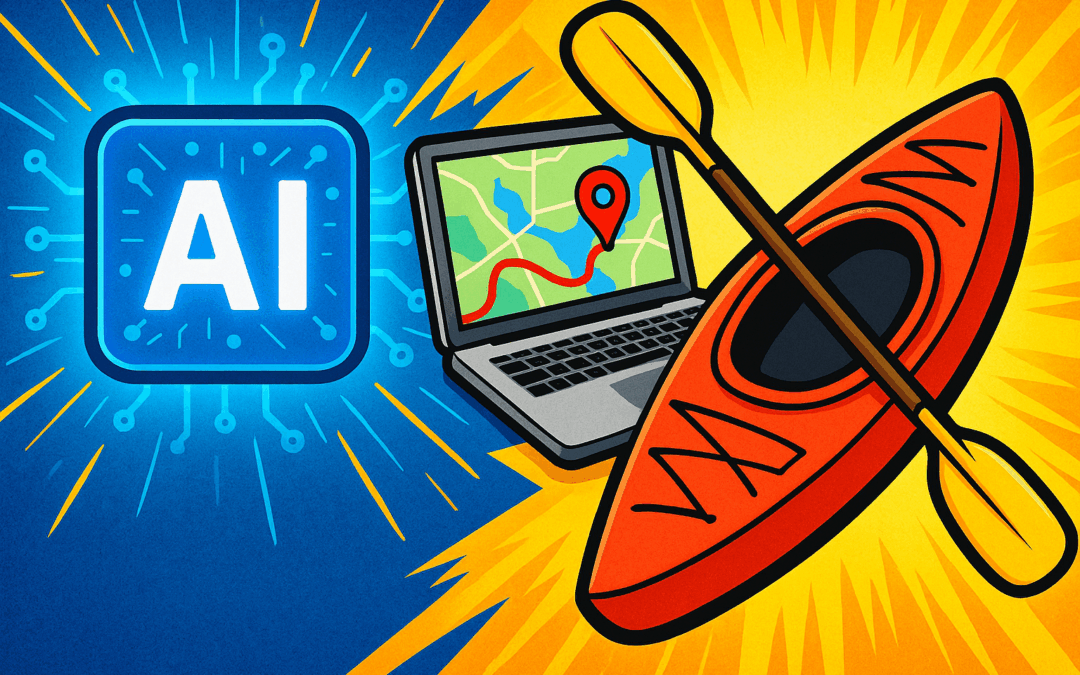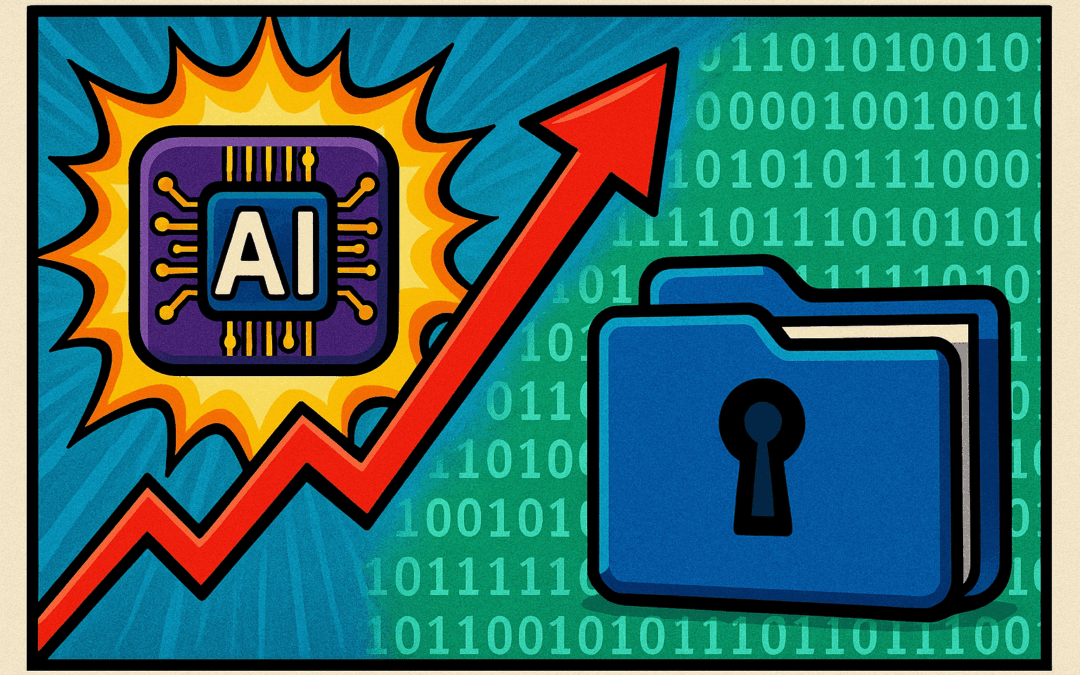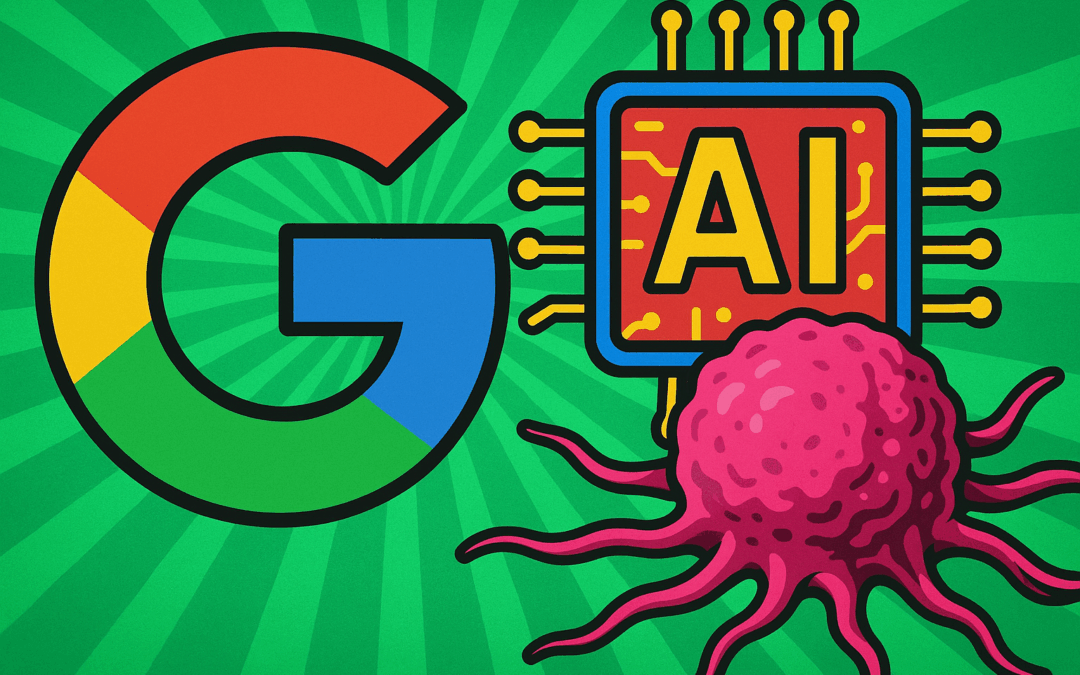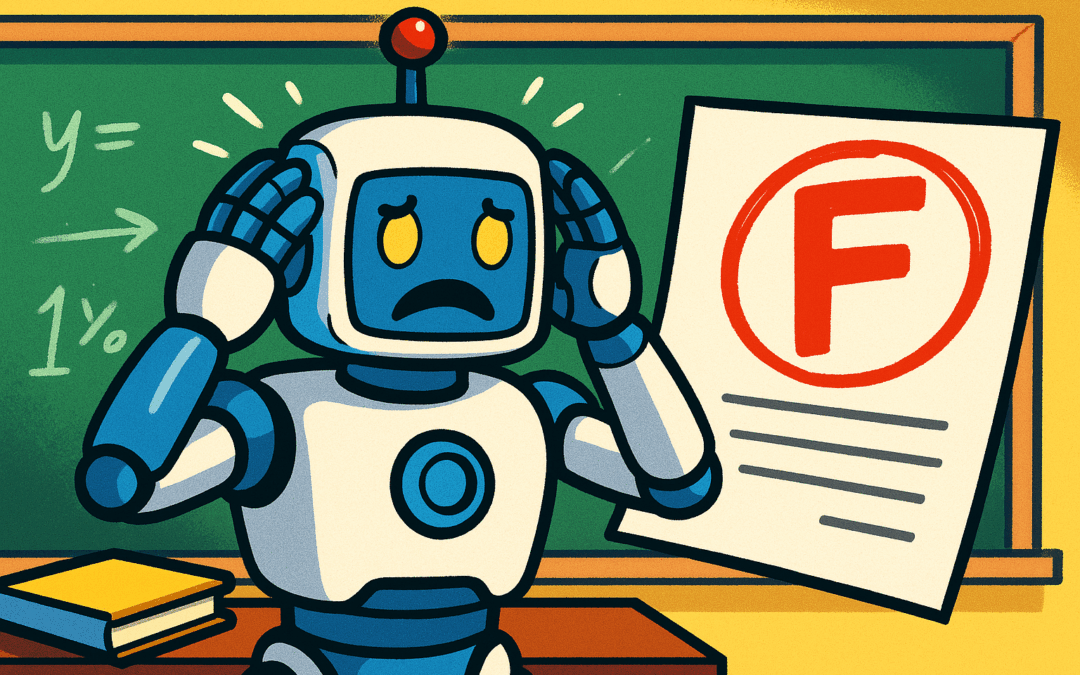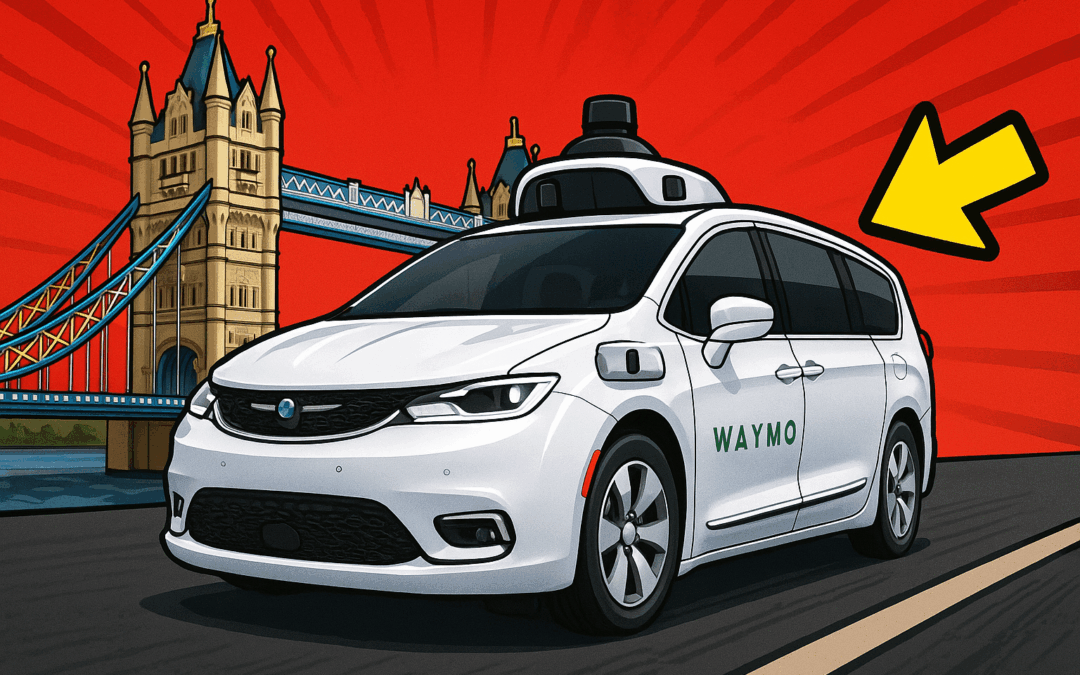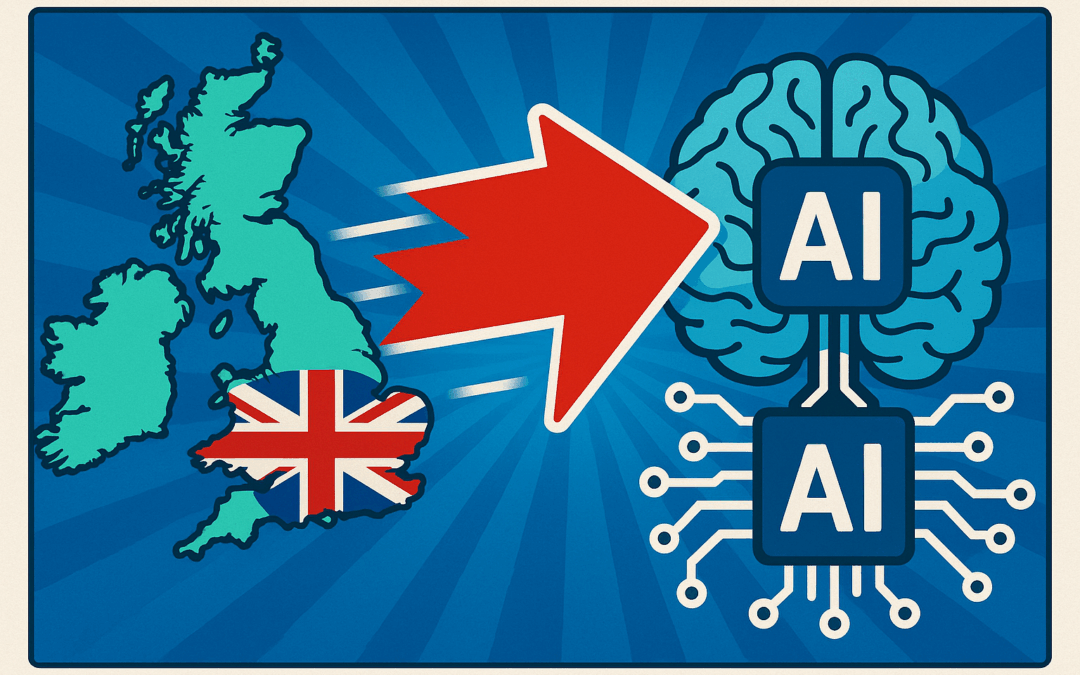South Korea’s ambitious AI schools programme, designed to equip students with cutting-edge generative AI skills, has encountered critical failures according to recent industry coverage.
The collapse of the initiative demonstrates both the immense pressures national AI education efforts face and the lessons for rapid deployment at scale.
For AI professionals, developers, and startups tracking global talent pipelines, the experience in South Korea offers valuable takeaways on curriculum design, technology integration, and the pitfalls of top-down digital transformation.
Key Takeaways
- South Korea’s AI high school programme failed to meet objectives due to inadequate infrastructure, staff training gaps, and outdated curricula.
- The programme’s setbacks highlight the complexity of implementing AI education at scale, even in highly-digitized nations.
- Developers and AI innovators should view systemic integration, not just tool adoption, as critical when rolling out AI solutions in education and enterprise.
- Startups operating in edtech or corporate AI training must prioritize user fluency and incremental learning design for lasting impact.
What Went Wrong in South Korea’s AI Schools Project?
In 2021, South Korea unveiled a government-backed project to launch specialized AI high schools, aiming to cultivate next-generation talent for AI and generative AI sectors.
Despite the nation’s leadership in digital infrastructure and high STEM literacy, the initiative faltered within two years, falling short of core instructional and operational benchmarks.
According to Artificial Intelligence News and corroborating coverage from Rest of World, major issues included:
- Lack of deep AI expertise among teachers, leading to teaching gaps and poorly delivered content.
- Insufficient digital infrastructure in classrooms, hindering the use of advanced generative AI tools.
- Outdated and rigid curricula that failed to keep pace with fast-moving industry standards and LLM trends.
- Cultural resistance and staff workload concerns, especially around the rapid introduction of AI-driven changes.
Broader Implications for AI Ecosystem Stakeholders
South Korea’s experience is a pivotal lesson for countries, startups, and developers racing to integrate AI in education and workforce training. Below are actionable insights for tech leaders and innovators:
- For AI Developers: The context emphasizes the importance of interoperability and adaptability. Creating generative AI tools for education requires not just robust models, but modular, easy-to-integrate APIs, and intuitive interfaces for non-expert users.
- For Startups: Market success in edtech hinges on understanding institutional inertia. Solutions built for rapid deployment must offer strong onboarding, scalable support systems, and robust content updates to match LLM developments.
- For Educators and Policy Leaders: Investment in trainer upskilling and updating teaching methodologies is just as important as acquiring technology. Without both, generative AI initiatives risk becoming stalled pilots.
Global Perspective: How Others Are Responding
Other regions facing similar challenges have found more measured approaches can yield better outcomes.
For instance, Singapore’s phased rollout strategy, as highlighted by The Straits Times, emphasizes teacher retraining and participatory curriculum redesign alongside new technologies.
In Europe, pilot projects prioritize industry partnerships and iterative course design, ensuring real-world alignment for generative AI and LLM skills.
Takeaway for the AI Community
Integrating generative AI into large-scale education requires more than adopting the latest models or LLM-powered tools—it demands sustained investment in human capital, flexible curricula, and adaptive tech infrastructure.
South Korea’s setback serves as a cautionary signal to developers, startups, and governments eager to leapfrog via AI: robust planning and real practitioner collaboration are as vital as technological ambition.
As the global race for AI talent accelerates, only those who pair strategic implementation with responsive, user-centered design will achieve durable results in education and beyond.
Source: Artificial Intelligence News
